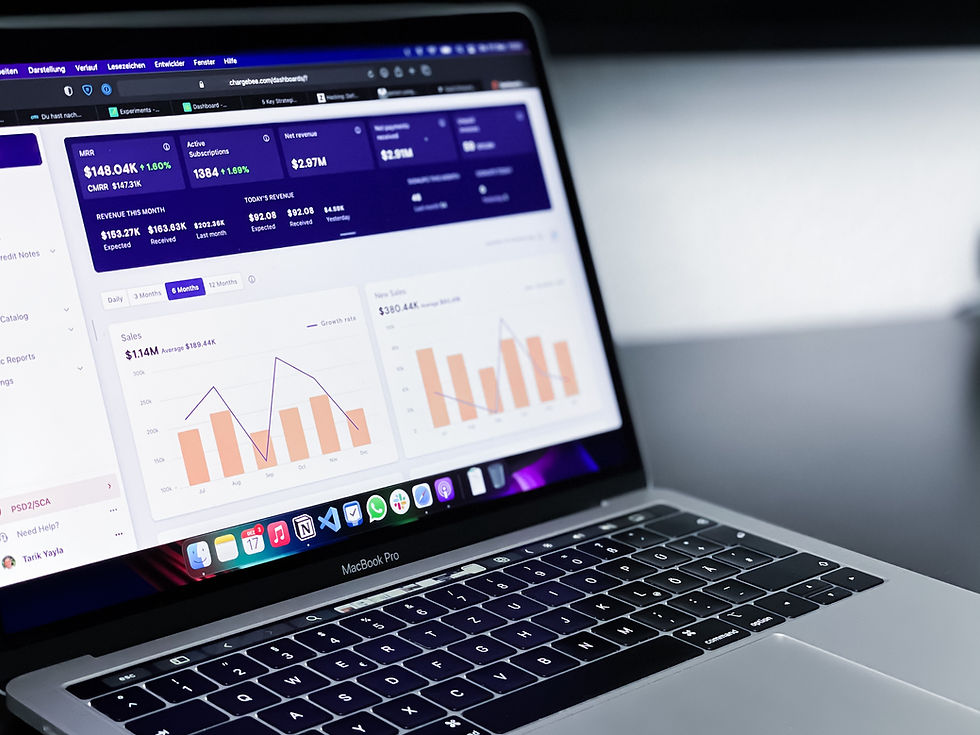Behavioral Triggers in Marketing Automation: A Data-driven Guide for SaaS Businesses
- Boubaker Rjeb

- Sep 1, 2023
- 2 min read
Updated: Nov 12, 2024
In today's competitive SaaS landscape, understanding your customer's behavior is more crucial than ever. Marketing automation has evolved beyond simple email campaigns, allowing businesses to create highly personalized experiences. But how can you leverage these tools most effectively? The answer lies in behavioral triggers. This data-driven guide explores how SaaS businesses can maximize their marketing automation strategies by focusing on behavioral triggers.

Why Behavioral Triggers are a Game-Changer for SaaS
Behavioral triggers are actions or conditions that initiate automated marketing tasks. Whether a user signing up for a trial or an existing customer viewing a particular webpage, these triggers help SaaS businesses create tailored, relevant, and timely interactions.
The Role of Data Analytics in Understanding Behavior
Data analytics provides the quantitative backbone for any behavioral-trigger strategy. By analyzing customer data, you can:
Identify patterns and trends
Predict future behavior
Create segmented lists based on different behavioral triggers.
Key Behavioral Triggers for SaaS
Sign-up and Onboarding: Trigger welcome emails, tutorials, and tips to engage new users.
Feature Engagement: Send targeted content based on the features users interact with, encouraging them to explore your product further.
Inactivity: Automate re-engagement campaigns for users who last logged in or used specific features a while ago.
Renewal: As subscription renewal dates approach, trigger reminders and offer incentives for long-term commitments.
Upselling and Cross-selling: Use behavior analytics to identify customers who might benefit from premium features or complementary services.
Implementing Behavioral Triggers: Best Practices
Start Small: Choose one or two key behaviors that align with your business goals and build your initial campaigns around them.
Test and Iterate: Continuously monitor the performance of your automated campaigns. Make data-driven adjustments based on metrics like open rates, click-through rates, and conversion rates.
Keep It Relevant: Ensure the triggered messages are pertinent to the behavior that initiated them. Irrelevant messages can harm your brand and irritate customers.
Case Studies:
Company A: Improved their churn rate by 15% by implementing behavioral triggers focused on user inactivity and subscription renewals.
Company B: Achieved a 25% increase in customer lifetime value by automating upsell campaigns based on feature engagement analytics.
Conclusion:
When combined with data analytics, behavioral triggers can significantly enhance the efficiency and effectiveness of marketing automation for SaaS businesses. Understanding and acting upon specific user behaviors can create more personalized, timely, and relevant interactions, improving customer satisfaction and ROI.





Commenti